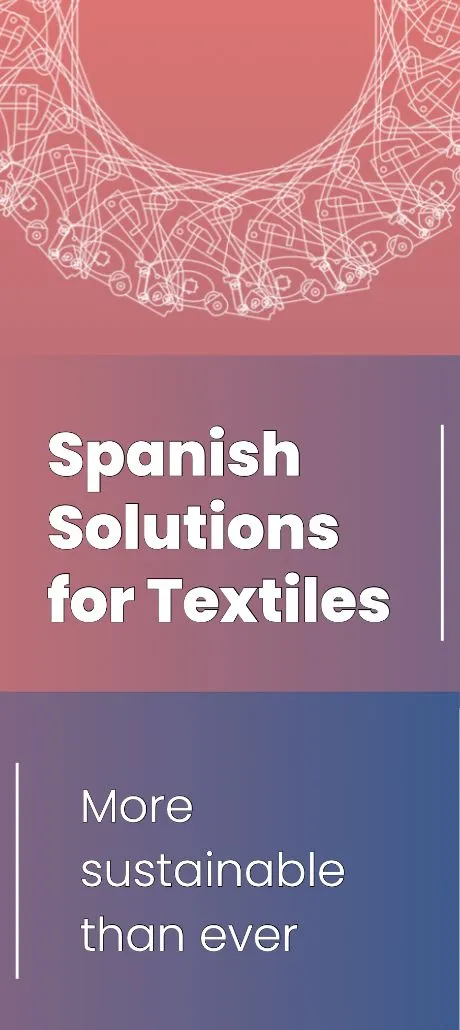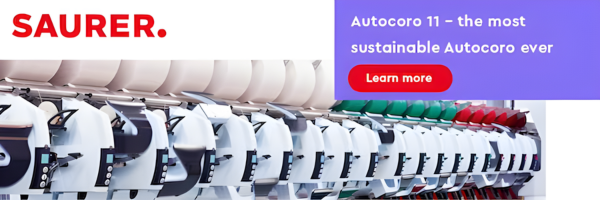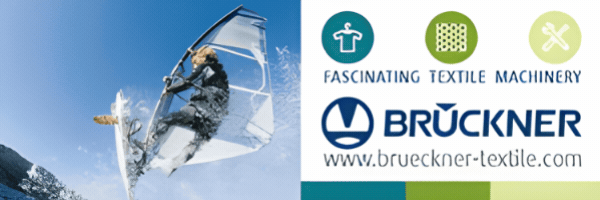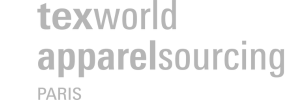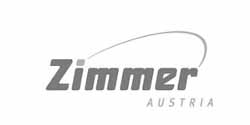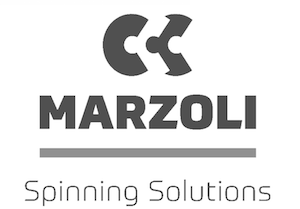Two decades after Japan’s Teijin pioneered the first commercial chemical textile-recycling process, Europe may finally be nearing a long-awaited breakthrough in textile-to-textile recycling.
With companies like Circ and Reju building their first industrial-scale recycling plants in France and the Netherlands, a new report by Systemiq suggests the continent is edging closer to a critical tipping point. But the path ahead is neither easy nor guaranteed.
Signs of Momentum – But Still in the Shadows
According to Systemiq’s first-of-its-kind study—developed in collaboration with Arc’teryx, Eastman, Interzero, Textile Exchange, and Tomra—Europe’s polyester recycling capacity could rise from 30,000 metric tons to 340,000 by 2035. Yet, this tenfold growth depends on major policy changes and strategic investments to overcome two significant hurdles: accessibility and affordability.
Currently, most textile waste in Europe is still landfilled, incinerated, or exported—a linear model that fails to feed into a circular economy. On top of that, producing recycled polyester from post-consumer textiles in Europe remains 2.6 times more expensive than producing virgin polyester in Asia. Even recycled PET bottles are cheaper, slowing brand adoption of textile-to-textile options.
“A tipping point occurs when a clean technology becomes more affordable, more attractive, and more accessible than the conventional alternative,” said Clara Luckner, director and fashion lead at Systemiq. “Textile recycling has only fulfilled one of these conditions so far.”
The Four Levers of Change
Systemiq’s roadmap to mass adoption focuses on four key intervention areas:
- Feedstock Access
Mandating separate textile waste collection across EU member states could better channel high-quality materials into reuse and recycling pipelines. - Market Demand
Brands and policymakers must send strong, long-term signals that recycled polyester will be a cornerstone of future production. This would allow recyclers and sorters to invest with confidence. - Cost Reduction
Tax incentives, lower energy costs, and infrastructure support can make recycling more cost-effective than export or incineration—closing 40% of the cost gap. - Extended Producer Responsibility (EPR)
The real game changer. An ambitious EPR scheme—now mandatory across the EU—can bridge 55% of the affordability gap by requiring producers to finance the collection, sorting, and recycling of their products.
Systemiq proposes an EPR fee of €250 per ton by 2028, rising to €330 by 2035, plus a €55 “green premium” to cover additional transportation costs for delivering recycled polyester to Asia’s yarn producers. This “cost uplift” of up to €385 per ton would add only about €0.15 to a single sweater.
“It’s a modest price that could unlock the full potential of circularity,” said Leonard von Boetticher, Systemiq associate. “Without such mechanisms, we risk stalling at the pilot stage.”
Beyond Numbers: A Call to Action
Systemiq’s report is more than just a technical analysis—it’s a wake-up call. With the global textile industry consuming 125 million metric tons of material each year, time is running out to build a truly circular system.
“If nothing is done, textile recycling will remain trapped in pilot purgatory,” warned Luckner. “Europe’s textile waste crisis will deepen, and a massive opportunity for innovation and sustainability will be lost.”
Despite the challenges, the momentum is building. With coordinated efforts from governments, brands, recyclers, and consumers, Europe could reach the tipping point needed to shift from a linear to a circular textile economy—one that finally turns waste into value, at scale.
The question is no longer whether textile-to-textile recycling is possible. It’s whether Europe will act fast enough to make it inevitable.


